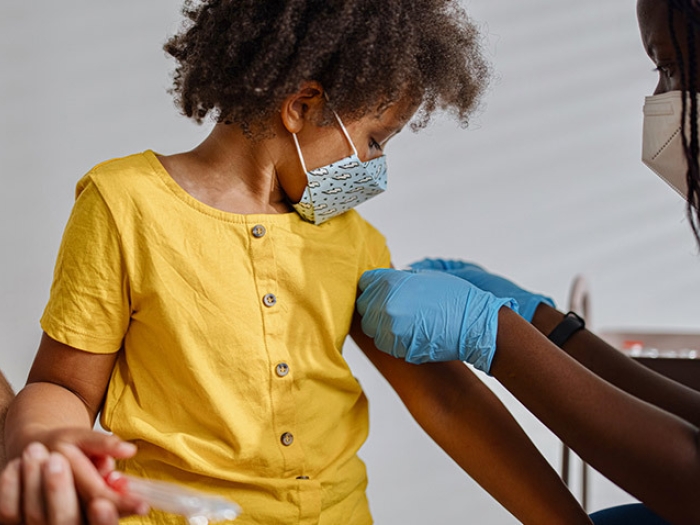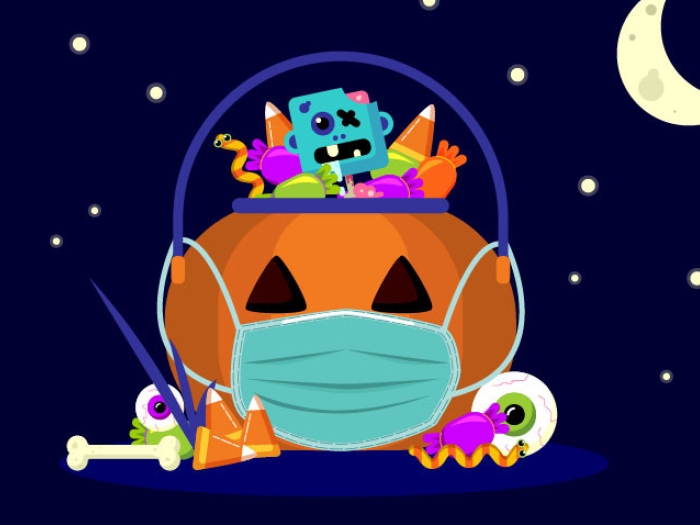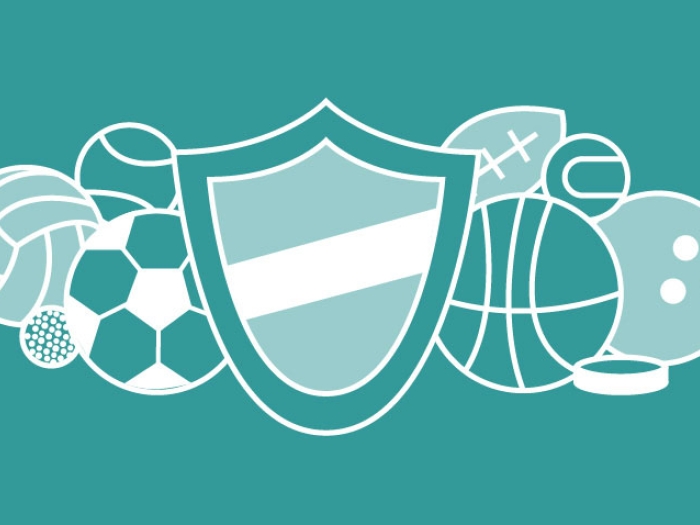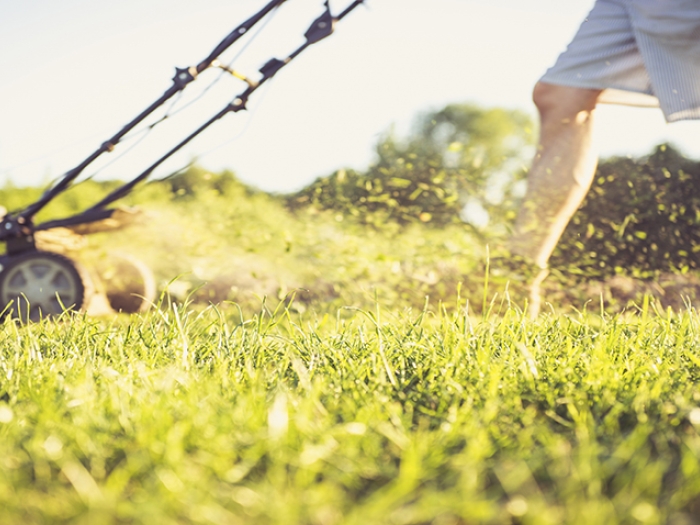Nearly 600 children end up in the emergency department for bike-related injuries every day. Here’s how parents can improve children’s street smarts to keep them safe.
6:00 AM
Author |

Children will soon hit the streets this summer to soak up the sun on their bikes and other nonmotorized modes of transportation — but many may not be following critical road rules to keep them safe.
The latest University of Michigan C.S. Mott Children's Hospital National Poll on Children's Health finds that while helmet safety is a crucial aspect of riding on wheels, nearly 1 in 5 parents say their children never wear a helmet when biking. Even more say their kids skip helmets on a skateboard (58 percent) and scooter (61 percent).
LISTEN UP: Add the new Michigan Medicine News Break to your Alexa-enabled device, or subscribe to our daily audio updates on iTunes, Google Play and Stitcher.

That is alarming news to experts like Bethany Folsom, a health educator for the Pediatric Trauma Injury Prevention program at Mott.
"Accidents can happen to anyone, even if you think you are a skilled bike rider," Folsom says.
"You can hit a rock the wrong way or a dog can run out in front of you, and when that happens, you are going to want to be wearing a helmet," she says. "Even if you are going slow, if you fall the wrong way, it can lead to a serious injury."
More than 426,000 children — nearly 50 every hour — visited an emergency department in 2015 after a wheeled sports-related injury, according to a 2017 report from Safe Kids Worldwide and Nationwide's Make Safe Happen program.
The nationally representative Mott poll was based on responses to questions about nonmotorized vehicles from 1,330 parents of at least one child ages 4 to 13. Results indicate a wide range in the use of safety strategies when children are playing with wheeled toys outside, and these suggest families need to take more precautions to keep kids safe.
Folsom, who is also a coordinator for the Huron Valley chapter of Safe Kids Worldwide, shared more tips for preparing children for safe outdoor play involving wheels.
Developing children's street smarts
Enforce a helmet rule: The biggest safety concern for kids in the summer is wheeled sports or anything that makes children move faster, like bikes, scooters or in-line skates, Folsom says. Parents should talk to their children ahead of time about safety rules and expectations, including helmet use. "No helmet, no bike rides," for example.
"Some people start the learning process by having their child wear a helmet when they start playing on push toys at a young age," Folsom says. "This helps parents set a standard and makes wearing a helmet a part of their household rules."
Buckle up: It's not enough to always wear a helmet — it should also always be used correctly. For the best protection, helmets should fit snugly on the head. They should be positioned to cover the forehead and not be tipped backward or forward. The buckle on the chin strap should be centered under the chin and tightened until it is snug; no more than two fingers should be able to fit between the chin and strap.
"One thing kids will do is put the helmet on but not buckle it, and that really does not help with protecting their head," Folsom says.
Teach children rules of the road: Most parents polled acknowledged that their children do not use hand signals or walk their bikes across sidewalks. Folsom says parents should prepare children to obey all traffic laws like any other vehicle. This includes riding in the same direction as the flow of traffic and making a complete stop at stop signs.
"Our society tends to always be in such a hurry that we don't take the time to do the right, safe thing when it comes to bike safety," Folsom says. "It is so important for us as parents and adults to teach tips and tricks of the road to kids to keep them safe.
"We're their biggest role models, so we need to model appropriate safe biking strategies," she says.
MORE FROM MICHIGAN: Sign up for our weekly newsletter
When possible, riding on sidewalks or trails is also a good safety strategy, as it keeps younger children out of the way of cars.
Be aware of surroundings: People of all ages should be aware of what is going on while they are on a nonmotorized vehicle. It is important that children stay alert for cars that are turning or driving too close to the bike lane. If riding feels unsafe, children should move onto the sidewalk or the side of the road or get off the bike and walk.
Children should also watch for people getting in or out of parked cars. Many children are injured each year when a driver opens a car door onto the street and strikes an oncoming bicycle.
And just as drivers shouldn't be distracted by devices, bike riders should avoid using phones, video games and headphones.
"When we were in driver's education, we were taught to be defensive drivers: being aware of what is happening in and around the vehicle," Folsom says. "This same concept applies to bike and pedestrian safety.
"Put your devices down and keep your head and eyes up," she says. "You need to use all of your senses, especially your sight and hearing, when you are on the go."

Explore a variety of health care news & stories by visiting the Health Lab home page for more articles.

Department of Communication at Michigan Medicine
Want top health & research news weekly? Sign up for Health Lab’s newsletters today!





